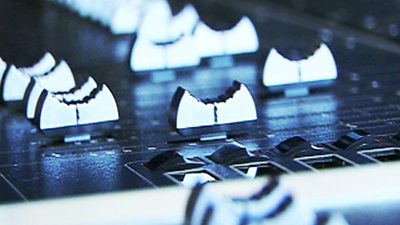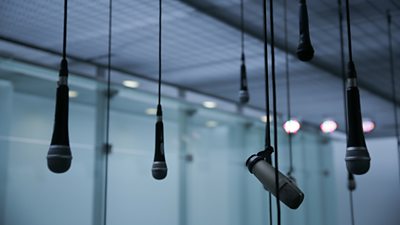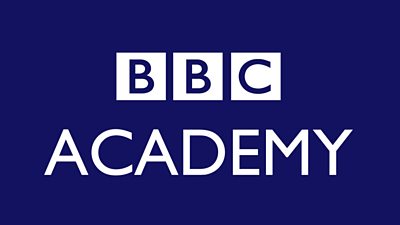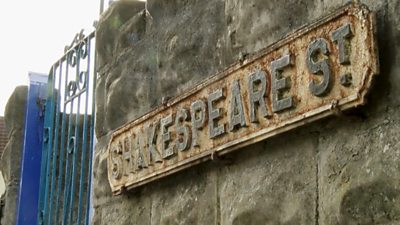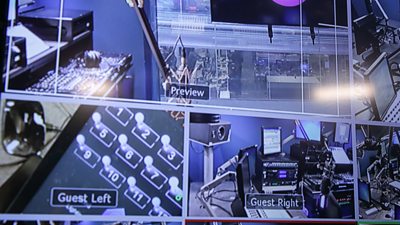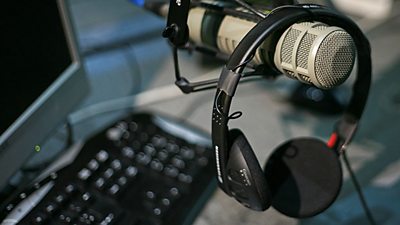Â鶹Éç Academy
The basics
Lots of things go into making great radio programmes.
The following is a simple guide to help you get there – some points to think about to ensure you’re really making the most of what you're offering the listener.
As well as key principles to consider, there are examples here of best practice for you to listen to, with helpful videos from producers, reporters and presenters explaining how they produced their item - and why they think it worked.
The aim is to give you new ideas, handy hints, and fresh insights into radio production.
Content
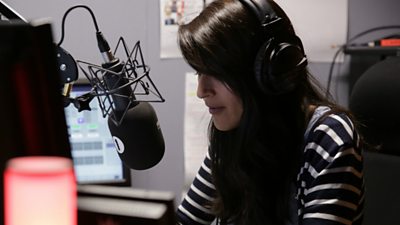 Is it interesting? Quality control is essential. Dull stories, even well told, are still dull stories. Is everyone talking about it? Either the story has some relevance to their lives, or just simply because it has a 'wow' factor.
Is it interesting? Quality control is essential. Dull stories, even well told, are still dull stories. Is everyone talking about it? Either the story has some relevance to their lives, or just simply because it has a 'wow' factor.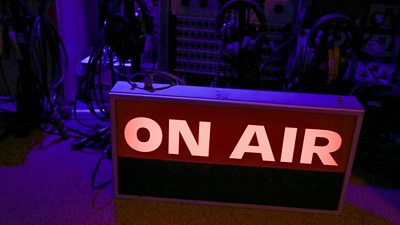 Does it engage the audience?Think about stories and issues which are likely to have an emotional connection with your audience. If not, why should they care? An engaged audience is more likely to interact with the programme - and interactivity can often be the lifeblood of great radio.
Does it engage the audience?Think about stories and issues which are likely to have an emotional connection with your audience. If not, why should they care? An engaged audience is more likely to interact with the programme - and interactivity can often be the lifeblood of great radio.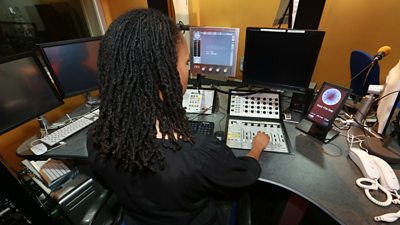 Is it saying something new?Aim high – try to produce exclusive, agenda-setting content where possible. Where it’s not, be creative in packaging the material you have. Old news isn't news. Always be on the lookout for fresh ideas, or new and interesting angles. Unimaginative, reheated talking points will soon have listeners switching off.
Is it saying something new?Aim high – try to produce exclusive, agenda-setting content where possible. Where it’s not, be creative in packaging the material you have. Old news isn't news. Always be on the lookout for fresh ideas, or new and interesting angles. Unimaginative, reheated talking points will soon have listeners switching off.
Guests
Going hand in hand with the quality of your content is the quality of your guests.
Are they the people at the heart of the story?
An eyewitness to something? A person who has had something incredible happen to them? An expert – someone who can illuminate and explain?
Are they good talkers?
Your story will have more impact if it's communicated clearly.
Are you getting the best out of them?
Make sure your presenter is properly briefed. Put the guest at ease.
Sound
Almost as important as content is sound. Radio is all about painting pictures with words and sounds. If we fail in this most basic of requirements then we're not doing our job properly.
Some things to think about: How you tell the story in the most ear-catching way possible. How you script. How you make the best use of audio clips, archive and music beds. How you change the pace and tone. Are you bringing the listener with you, taking them on an audio journey? Are you making enough of sound to trail ahead, to keep the listener listening?
Audience
The audience are at the heart of what we do. So it's a good idea to understand who they are and what interests them. But as well as serving your audience's needs, remember, they can really serve your needs too. These are real people, with a vast range of expertise - and, crucially, stories. So make use of this phenomenal resource.
Think hard about what will connect with your audience, what will engage them. How you inject that interactivity requires skill too - just opening the fader isn't the answer. Listeners need production - so that only the best talkers with the most interesting stories get on air.
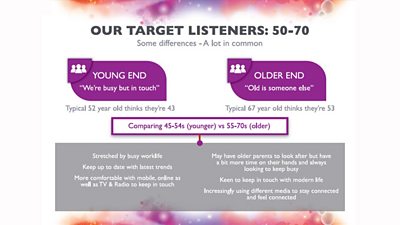
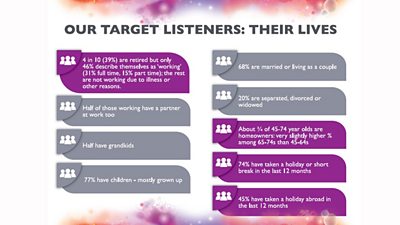

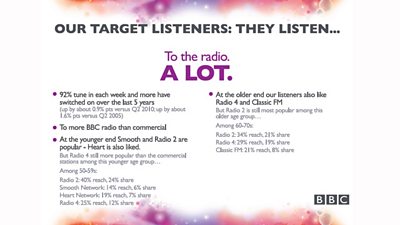
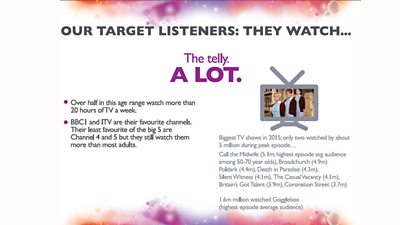
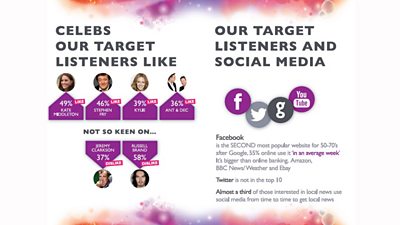
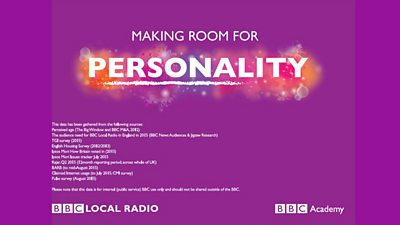
Flow
Think about the overall shape of your programme.
What to ask yourself
- Does it feel crafted and gently choreographed, with themes and talking points weaved throughout?
- With the right mix of light and shade, of serious and frivolous, of laughter and lumps in the throat?
- In other words, like something that's been well produced?
- Or does it feel a bit random, cobbled together at the last minute, with no real coherence, point or thought to items?
So think about texture. Where to place things. And, crucially, listen, listen, listen to the output and be prepared to go off in a different direction - editing dynamically in the studio (with your ears) is vital.
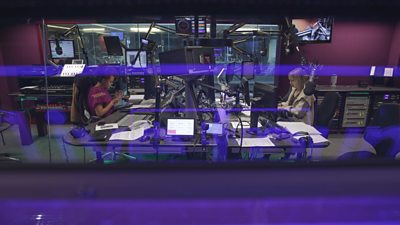
Best practice
Click on the link below to hear a selection of great examples of local radio stations really making the most of content, guests, sound and audience.
There are also accompanying videos from some of the producers, reporters and presenters involved in creating those items. If you've made some great radio that you'd like to share, please email David Clargo or Liam Hanley.
